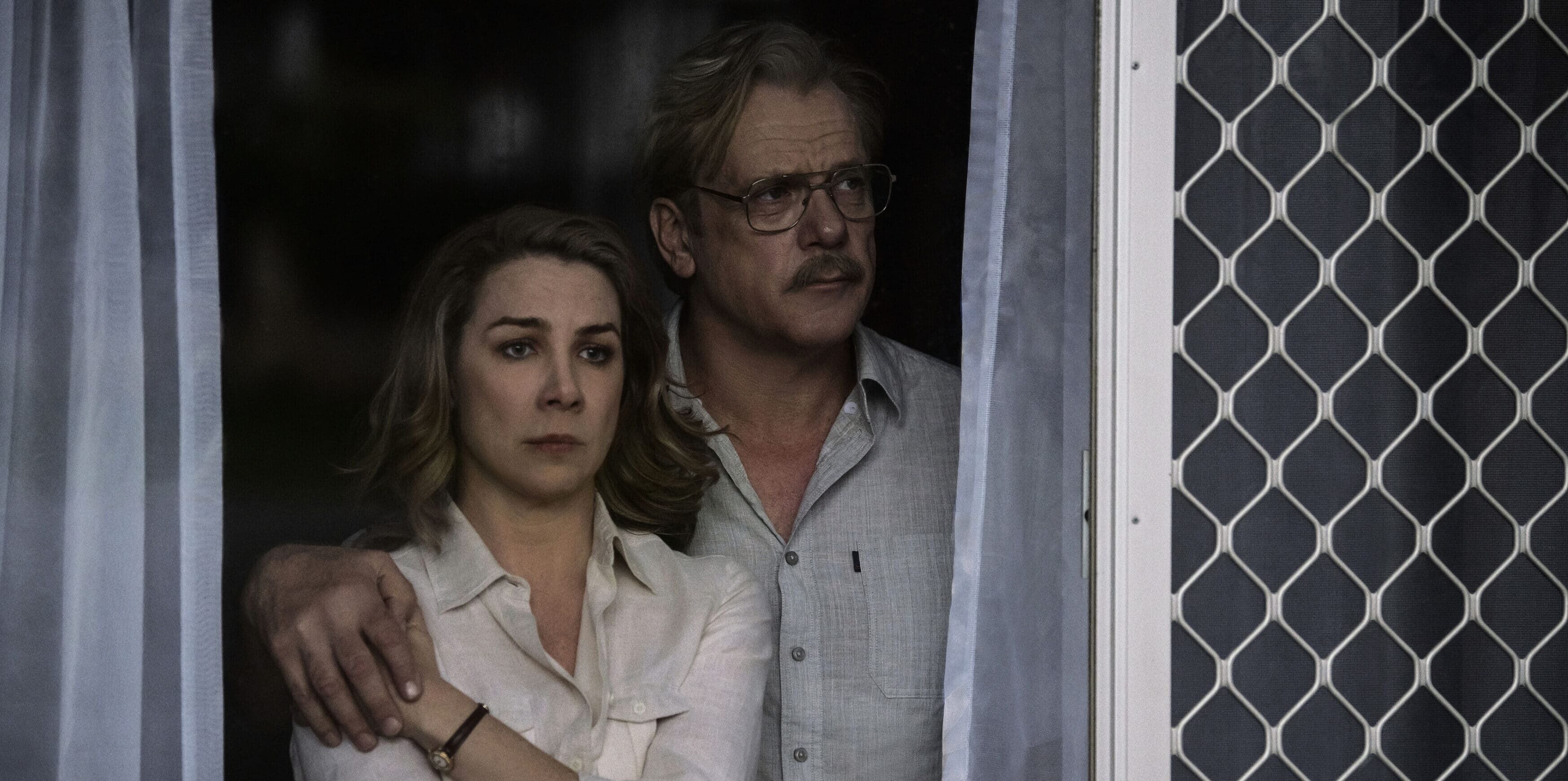‘The Claremont Murders’ is an Australian crime drama series that centers upon the disappearance of three young women from the streets of the titular location in the late 90s. When the police jump on these cases, they reach a dead end without any incriminating evidence or prime suspect. Still, the detectives stay on the case, determined to catch the criminal responsible for the disappearances and murders. Thanks to the determination of the police and new technology, nearly 25 years of investigation later, the mysterious case is solved and the notorious Claremont killer is caught.
The compelling onscreen performances from a talented ensemble cast, comprising Ryan Johnson, Catherine Van-Davies, Aaron Glenane, Laura Gordon, and Tasma Walton, are capable of throwing the viewers under the impression that the story on the screen is true to life. In addition, the realistic themes of disappearance and murder cases may spark even more curiosity in one’s mind about the authenticity of the tale portrayed in ‘The Claremont Murders.’
The Claremont Murders is Inspired by the Claremont Serial Killings of the 1990s
Yes, ‘The Claremont Murders’ is based on a true story. The co-writers, Justin Monjo (known for ‘Underbelly Files: Chopper’) and Michaeley O’Brien (known for ‘Mystery Road’ and ‘Underbelly’), took inspiration from the real-life disappearances and murders that haunted the suburb of Claremont between 1996 and 1997. The duo combined their creative minds, unmatched penmanship, and experience, to weave a short and accurate dramatization of the 25-year-long case and investigation.

The series dramatizes the Claremont serial killings and keeps them as true to life as possible. In reality, the first disappearance took place on January 27, 1996, which involved the 18-year-old Sarah Spiers. She called a taxi after leaving Club Bayview that night but before the taxi arrived, she vanished from there. Another disappearance took place six months later as Jane Rimmer, a 23-year-old childcare worker, disappeared after having some drinks at Claremont’s Continental Hotel. The disappearance case turned into a homicide when her body was discovered 40 kilometers south of Claremont.
A similar incident took place on March 15, 1997, as 27-year-old Ciara Glennon went missing after a night out at the Continental. The authorities found her body 50 kilometers north of Claremont, three weeks after her disappearance. The case turned cold due to a lack of sufficient evidence, keeping the perpetrator at large until 2016, which is when some crucial development was made in the case, thanks to advancements in DNA testing technology. Finally, the police were able to gather enough evidence and arrest 48-year-old Bradley Robert Edwards on December 22, 2016.
Edwards was charged with the abduction and killing of Jane Rimmer and Ciara Glennon. However, as for the 1996 murder of Sarah Spiers, he was acquitted due to lack of sufficient evidence. Nearly four years later, in September 2020, he was sentenced to life in prison with a non-parole period of 40 years. As is common with fictional crime or detective films and TV projects, ‘The Claremont Murders’ does not consist of any cop with the superficial ability to get inside the mind of the killer or possessing quirky character traits. The makers kept it plain and simple, or rather realistic, by showcasing the details of the investigation — the evidence that surfaced, misjudgments from the police, and how it took years to find the killer.
While the investigation and trial are showcased in the crime series, the stunned parents of a victim are in focus as it is their grief that holds the authentic tale together. Thus, in light of all the parallels between the real-life case and the one portrayed in the show, it can be concluded that ‘The Claremont Murders’ is rooted in reality.
Read More: Best Serial Killer Movies on Netflix


You must be logged in to post a comment.